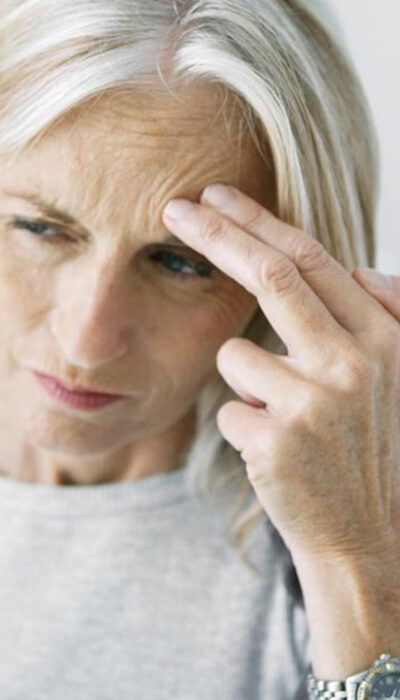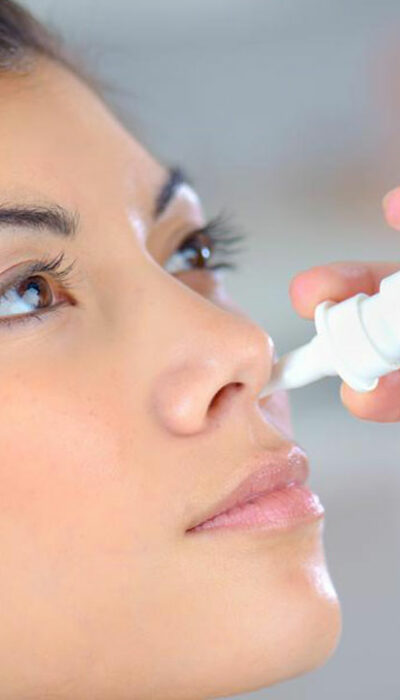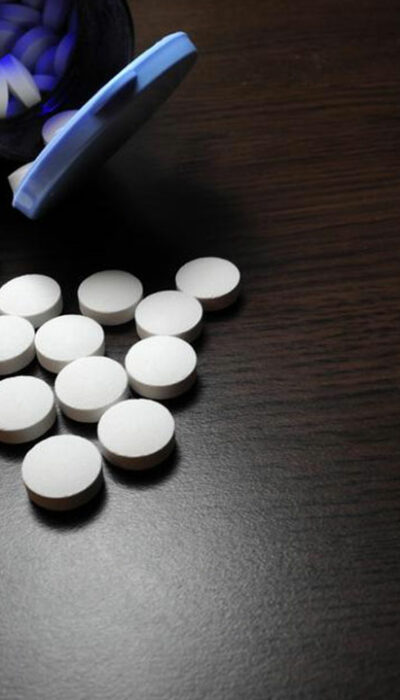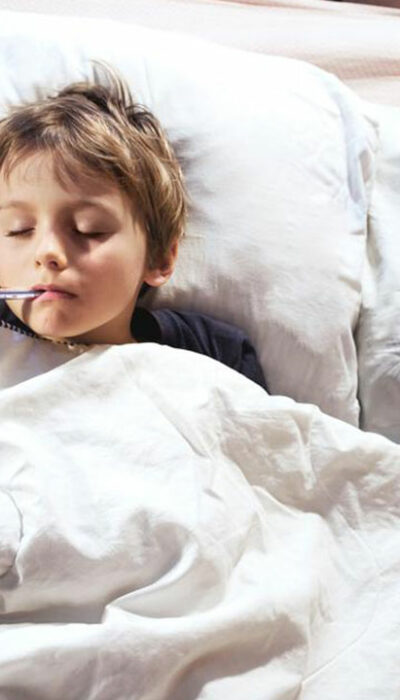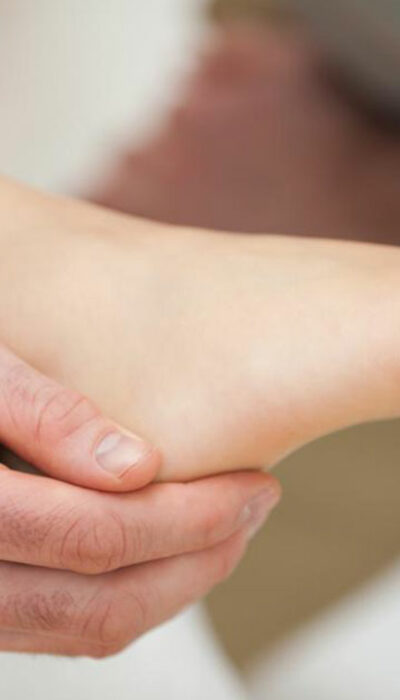
Effective Treatments for Ear Infections
Ear infections are most prominent in individuals during the rainy season. High outdoor temperatures such as those exceeding 38 o C could induce ear infections. Children are more vulnerable as compared to adults getting an ear infection. Ear infection symptoms often come into effect in little time. Timely treatment must be considered in case of severe ear infections. Different ear infections have different treatment methods. Symptoms of Ear Infection Pain in the ear Feeling unwell Low energy levels Inaudibility Discharge from the ear Feeling of fullness inside the ear Flaky skin both, in and around the ear Children and babies can have some other symptoms when they have an ear infection. These include: Irritability Restlessness Difficult in maintaining balance Disinterested in eating Tendency to rub or pull ears Let’s run through some of the key differences between inner and outer ear infections. Inner Ear Infections: Children are more vulnerable towards getting an inner ear infection. Most common causes are flu and colds. These affect the ear canal or the tube that connects the eardrum to the outer ear. Outer Ear Infections: Adults are more vulnerable, particularly in the age group of 45 to 75 years. The underlying cause is often something that irritates the ear canal. This may include swimming or a skin disorder like eczema. Outer ear infections affect the eustachian tube. This is the tube that runs from behind the eardrum right up to behind the nose. Basic Do’s and Don’ts while Healing Ear Infection: In most cases, ear infections would heal by itself within 2-3 days, but this depends on the severity of the infection. In the meantime, there are certain things you could do to reduce the discomfort. Do’s If you need to go for painkillers, use paracetamol or ibuprofen. Children below six years should avoid using aspirin.
